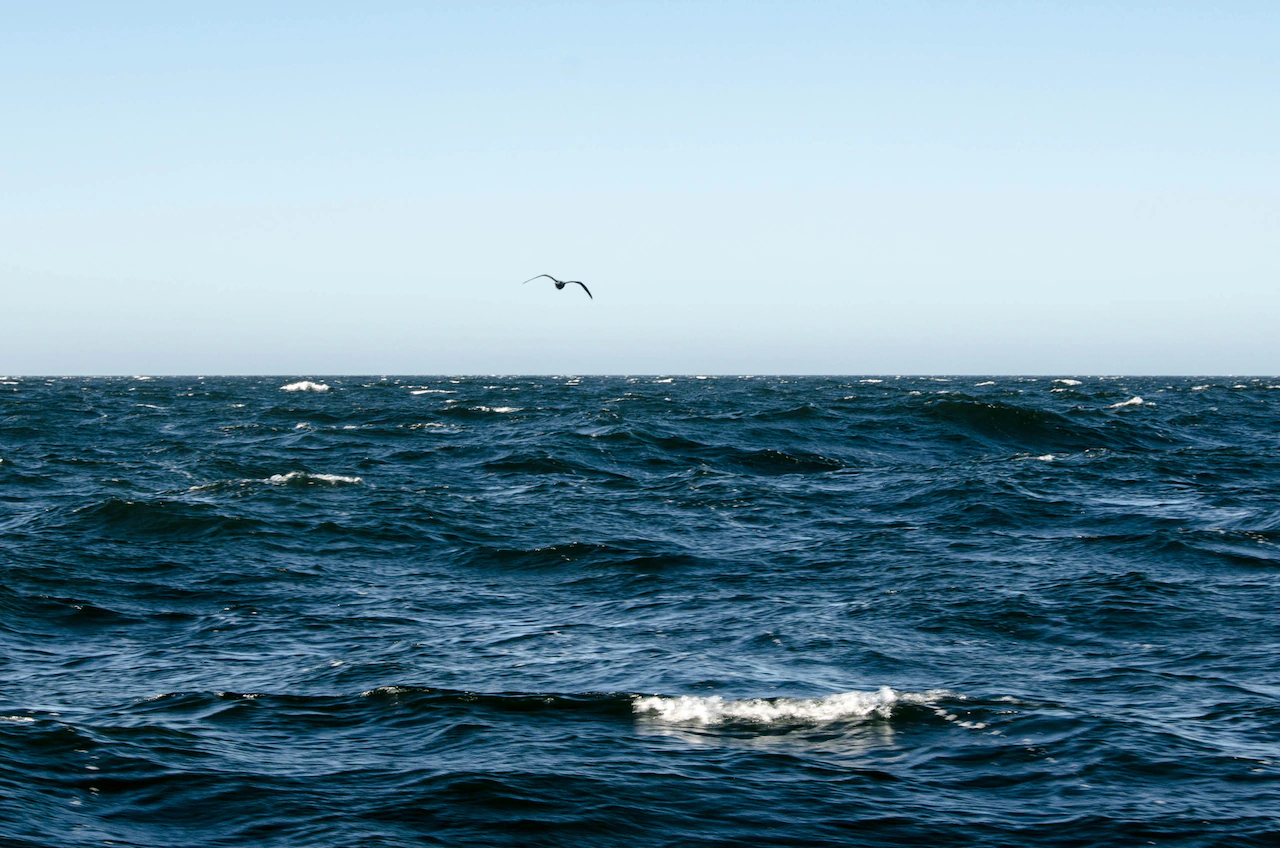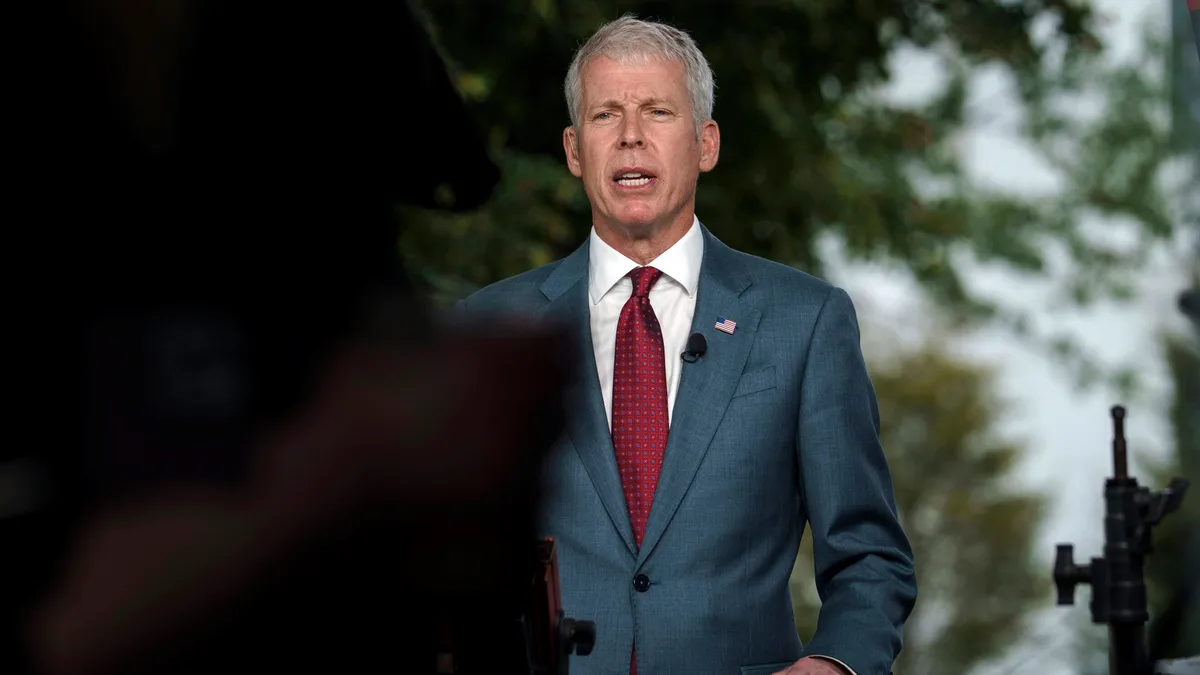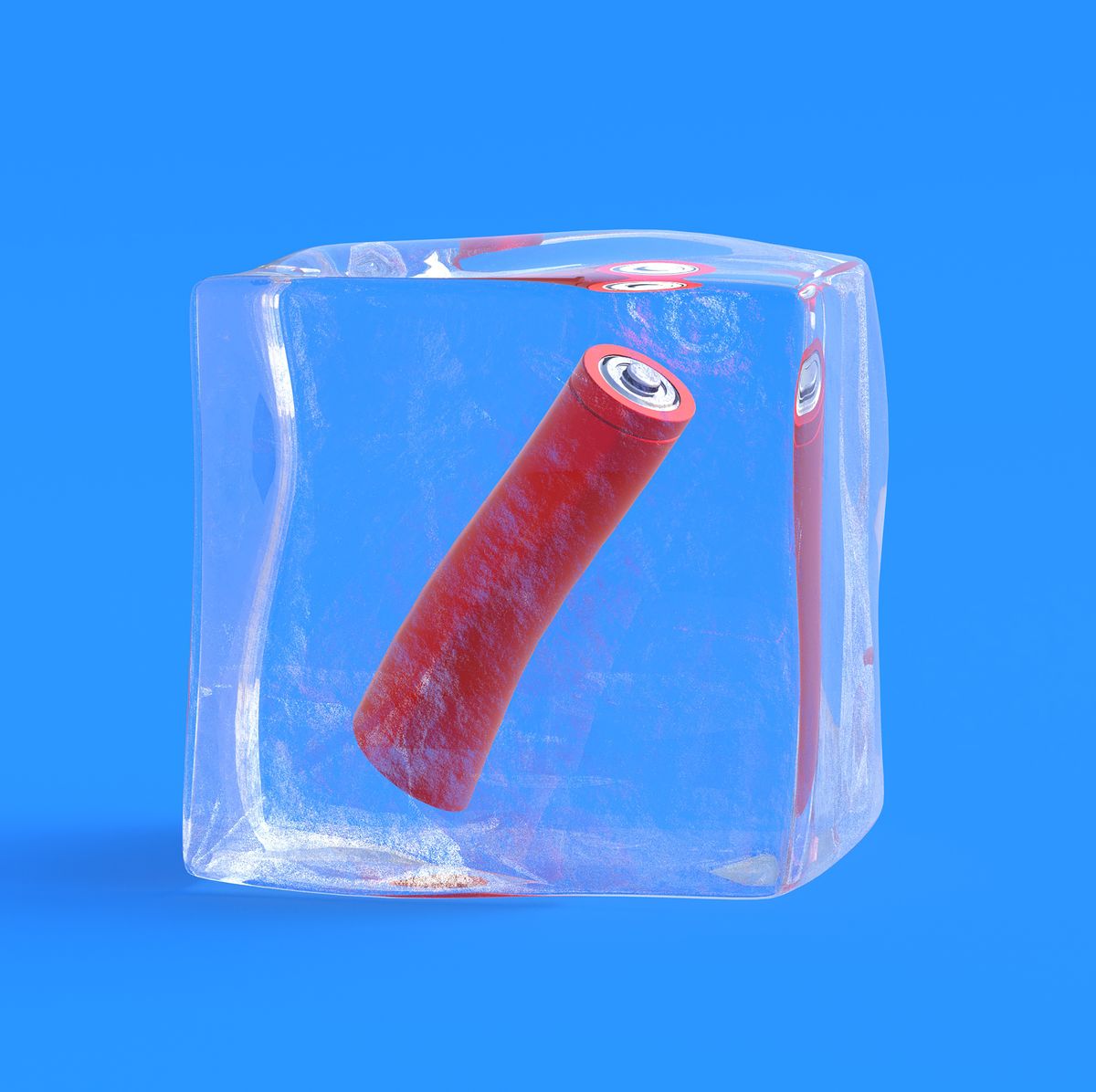
By the fall of next year, Oregon State University’s new wave-energy testing facility off the coast of Newport could be kicking out its first volts of electricity as companies begin testing devices capable of harnessing the powerful wave energy.
The region’s largest power transmitter, the federal Bonneville Power Administration, will be the lone customer for that emissions-free energy.
In a recent agreement with PacWave — OSU’s test facility developed in partnership with the U.S. Department of Energy and the state of Oregon — BPA agreed to buy all power generated at the site, which is licensed to produce up to 20 megawatts of electricity per hour, enough to power several thousand homes.
Dan Hellin, director of PacWave, said it’s unlikely the facility will get close to that output as companies test nascent wave energy technology, but it will help the center and the experimental companies gin up a bit of revenue and appeal to investors.
“We’ve worked for over 12 years to develop this, so it’s kind of exciting to actually, hopefully soon, have some steel in the water generating power,” Hellin said.
He expects at least two of the three companies that have so far signed on to test at the facility will be ready to get started by next fall.
PacWave provides all the infrastructure companies need to connect their wave-energy devices to infrastructure for distribution on land.
From the station, four subsea cables, each about 50 miles long, connect devices in the ocean to onshore facilities where researchers can move and monitor energy.
The power that the companies generate will be delivered to BPA and its customers via the Central Lincoln Public Utility District’s distribution facility. According to the agreement, BPA will buy the power at a market rate set by the Western Energy Imbalance Market, an energy trading market operating across 10 states.
The speed at which the facility begins operating, and that companies begin testing, depends, too, on reliable funding from the U.S. Department of Energy, Hellin said.
The wave energy industry is not under the same pressure that offshore wind and solar have faced under the current administration, he insists, and PacWave earlier this year got the blessing to move forward in its operational phase, following the completion of its construction phase, from Chris Wright, U.S. energy secretary.
“We took that as a very positive sign for the wave energy, marine energy, industry,” Hellin said.
Like all newer, renewable energy sources, wave power cannot become cost competitive with other sources until the technology is perfected, Hellin said.
“Now wind and solar are competitive, if not cheaper, than some of the traditional forms of power generation. Wave is still at that early stage,” he said.
— Alex Baumhardt, Oregon Capital Chronicle



